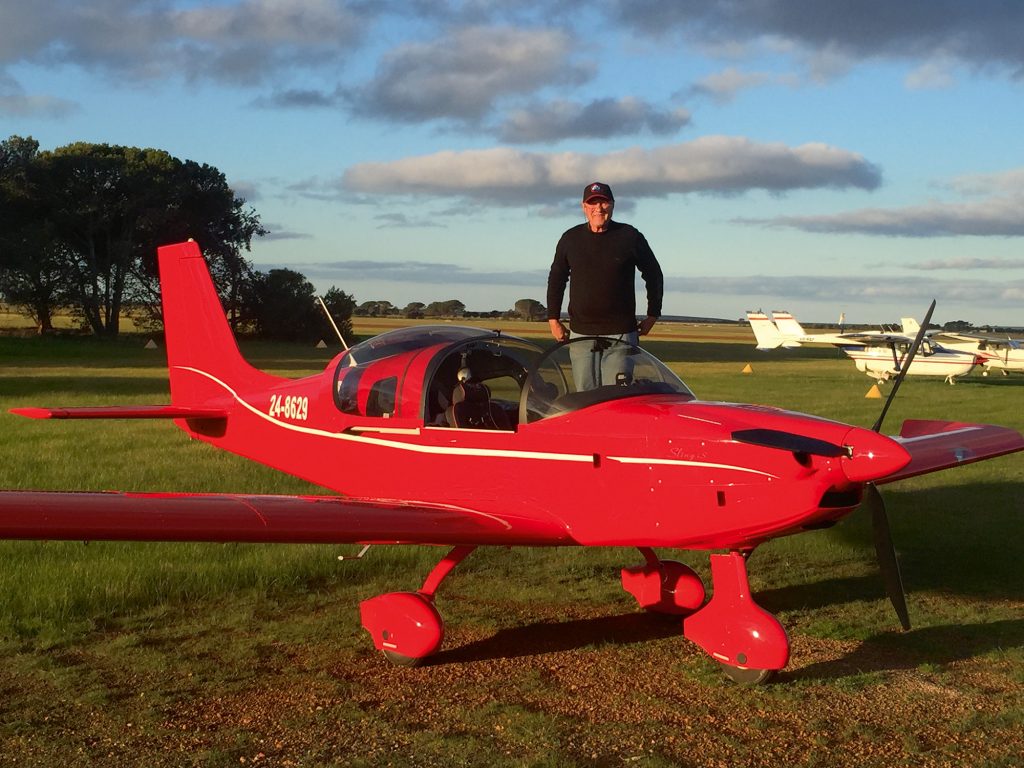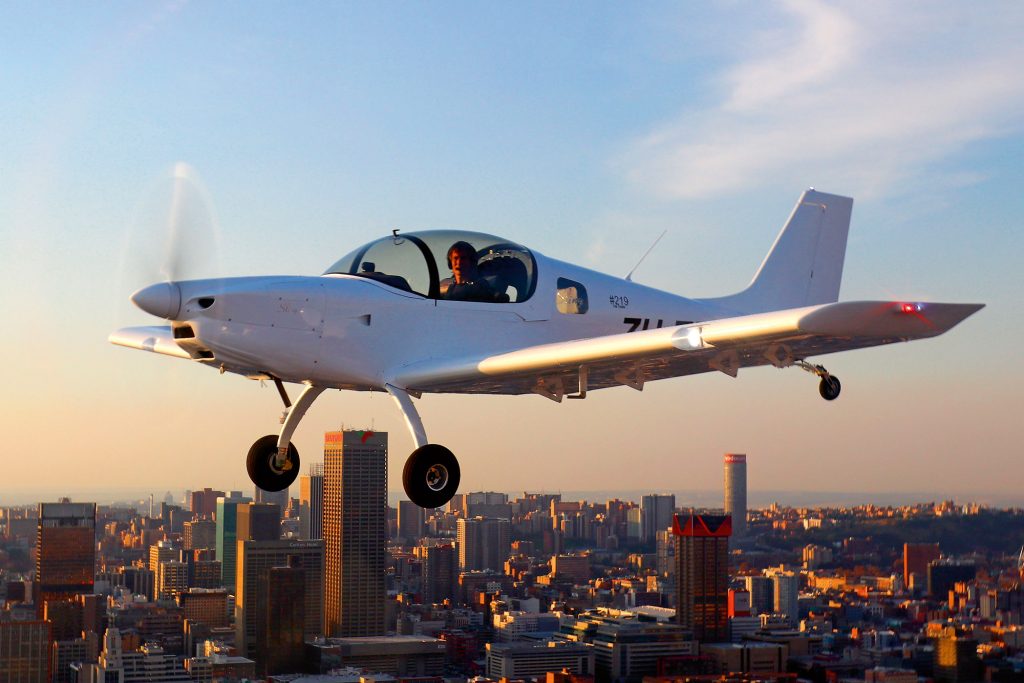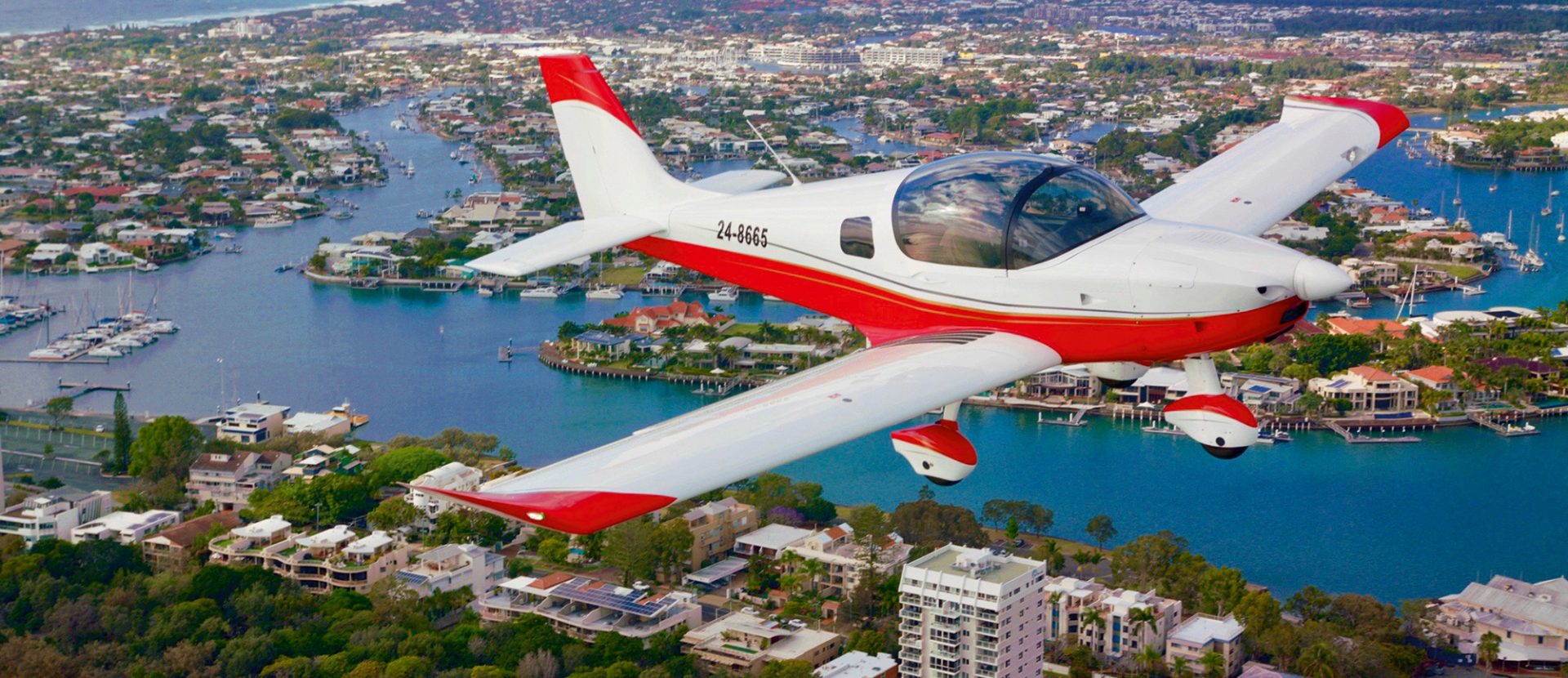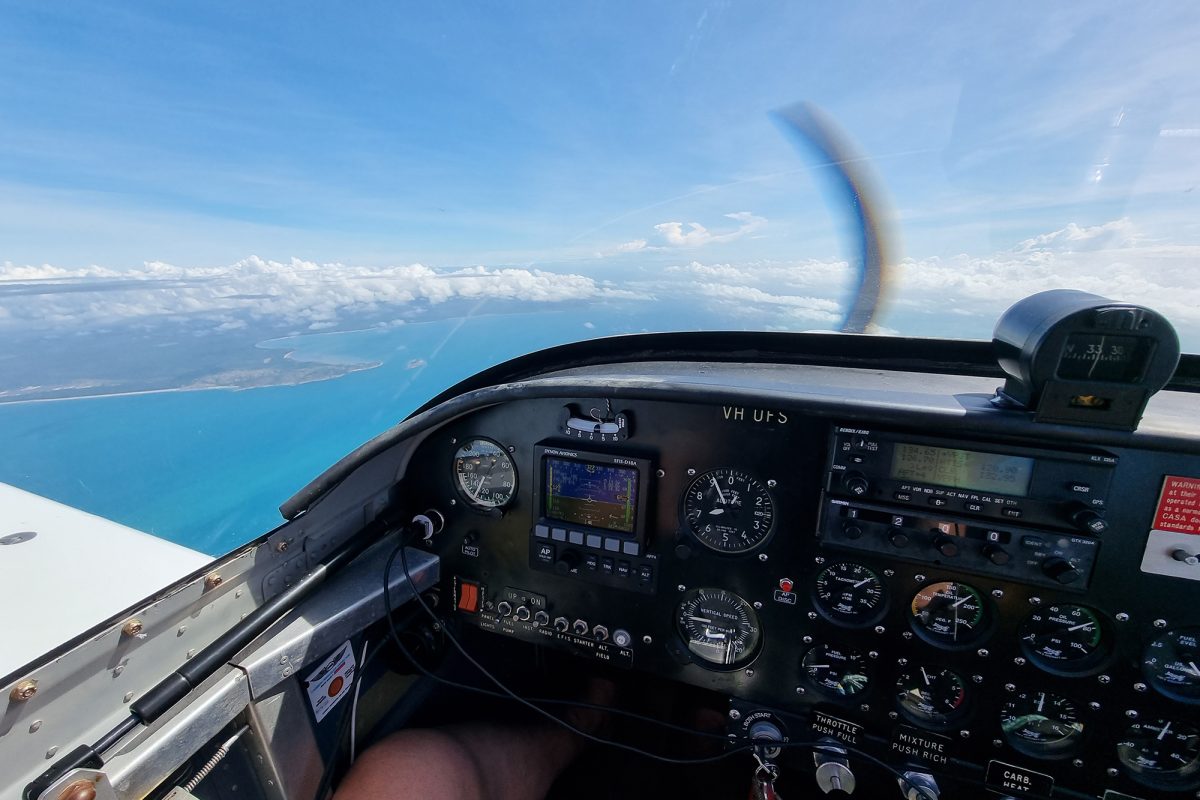To a pilot, “being a pilot” is probably even more important than actually flying. It’s about image, and self-image drives us more than we care to admit. How we choose our clothes, our cars and yes, even which aircraft we choose to fly.
Being an ex-Air Force pilot and having flown highspeed jet aircraft, I wanted to buy an aircraft that looked like an aircraft, flew like an aircraft and met the image that I personally felt appropriate. This, I thought, was a hard ask for an LSA.
I arranged a test flight of the Sling 2 aircraft out of Heck Field in Queensland and to my own surprise, I said “I’ll buy it” after 10 minutes in the air. Five years and a thousand hours later, I still feel the same way. The Sling 2 is truly a pilot’s aircraft.
So, what makes the Sling so special? Bordering on GA performance and sophistication, the Sling has also proven to be a remarkably good trainer both for those pilots transitioning to GA (or higher qualifications) and for those dedicated to RA. It’s also robust enough to take the battering that inevitably occurs during ab-initio training. Flight schools that introduce the Sling to their training fleet almost invariably buy another one a year or so later.
With positive dynamic stability in pitch and electric trimming, the aircraft is easy to fly straight and level, whilst the frise ailerons and neutral stability in gentle turns adds to its well-behaved nature. In fact, it is quite difficult to convincingly demonstrate adverse yaw at cruise airspeed. The Sling has a large fin and rudder and handles a 15kt crosswind easily, without reaching the rudder limits using a wing down (cross controls) approach.
On a calm day the stall is benign with slight prestall buffeting and a gentle nose drop. With careful rudder handling it is quite possible to maintain a “falling leaf” type pattern, maintaining the stall without anything dramatic happening. Recovery with power results in minimal, if any, height loss thanks to the Rotax engine and the advantageous powerto- weight ratio evident in most LSA.
Take-off with one stage of flap is easily controlled, with elevator authority becoming evident at about 40kts, allowing the nose wheel to be raised but the forward vision still allowing a view of the far end of the runway. The flap limiting speed of 85kts is well above the climbout speed of 75kts, so even the most determined student is unlikely to exceed the flap limit. Being a low wing aircraft, vision in the circuit is excellent. There are three stages of flap – although two stages are generally adequate for a normal approach glide path. Approach speed of 70kts is well above the stall speed of 42kts, and airspeed decreases rapidly after flaring. A specific technique for short landing can be taught but probably doesn’t provide much actual advantage in landing distance.
The Sling 2 is a larger LSA than most, hence the cockpit is wider, making cruising and navigation training more comfortable. Together with a centre console there are stowage/map pockets on both side walls, behind the seats and in the leg wells. Instrumentation usually includes a Garmin G3X EFIS plus some standby emergency analogue instruments.
I have perhaps given the impression that the Sling is a docile aircraft, but it is also remarkably robust. It is capable of stresses to +4 and -2G although, like all RA aircraft, it is not cleared for aerobatics. It is cleared however for 60° bank turns (+2G), Figure of Eights and Chandelles – all of which are well within its capability.

As we know, all aircraft will “bite you” if handled incorrectly, but the Sling 2 is as good as it gets in RA aircraft. It’s a pleasure to fly and a wonderful teaching platform. Above all, it’s a pilot’s aircraft.
Michael Lawrence is a former Air Force fighter/bomber pilot with a military flying instructor qualification and experience in both supersonic flight and four-jet aircraft training as a senior captain. He has a long-standing interest in teaching and learning theory, having a diploma of neuro-linguistic programming. Michael also has a degree in medicine, having considerable experience in both teaching and flying as the “flying anaesthetist” in the outback. He is a currently a senior flying instructor and has flown around and across Australia in light aircraft.










